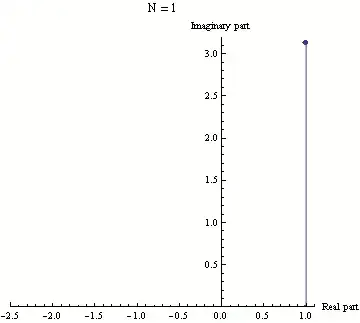Let us start with the obvious.
I know the formulae for angles. I know how to apply them. I also know the formulae involving $e$.
But I don't understand what sine has to do with Euler's $e$. (Neither do I for cosine or tangent)
If you were to build a course that relies on truly understanding those three functions and to a certain degree their implications, where would you start?
